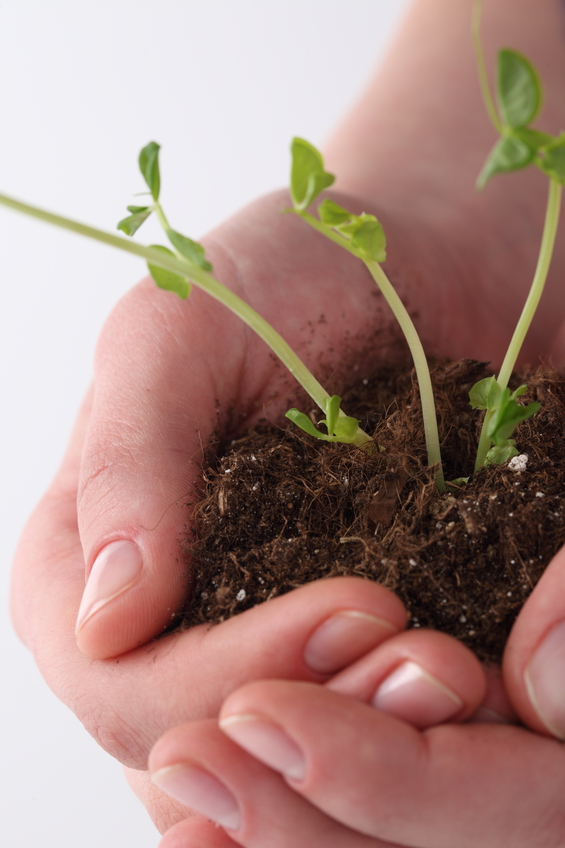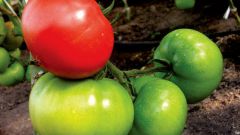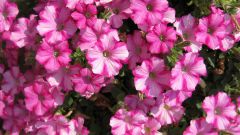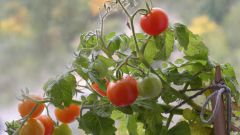Instruction
1
Before planting the plants ask what soil it prefers. It is important not to make mistakes at this stage, because choosing the right soil — a pledge that irrigation and nutrition of plants will be most effective. Ready of fertile soils and can be purchased at the garden store. Pthe growthof inform the seller what the plants need soil. And can mix it themselves. To do this you need soil, sand, peat and humus. The proportions depend on the plant species and are typically specified in the literature. If not, focus on the description of the requirements of plants to soil: if you need easy — add more sand, fertile soil, make compost, and peat I should add for those plantsthat grow in wet places.
2
Pay attention to how often and how you water your plants. One of the most disgrowthof the wounded of the reasons for delayed growthand permanent overflow. For plants it is better not to top up than strain. In the case of drying out the flower rather pgrowthon lose decoration — wither, pale, leaves will appear dry ends but the roots are not affected, and after normalization of watering the plant will quickly return to form. Sy continuedgrowthü carry only a few plants from marshy ground or from the tropics. The rest start to rot the roots, the plant loses power and that is called "sitting". The reason may be in the water — not all plants agree on the hard water. For example, for acidophilic plants (like the soil acidic) constant watering with tap water zaslujivaet the soil, which leads to death.
3
The lighting challenges are rare — usually this aspect is considered when buying plants. If you have a flower "burning" or "extends", only two outputs — shading or osvetiti. By the way, supplementary lighting is sometimes effective in inducing growthand. Extending winter daylight hours, we can ensure that the flower will not go into "rest".
Note
Do not use the dressing in the dormant period of the plant.
Useful advice
Don't forget the dressing. Pick them in accordance with the plant species and stage of growth.




